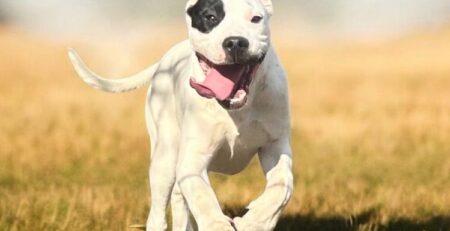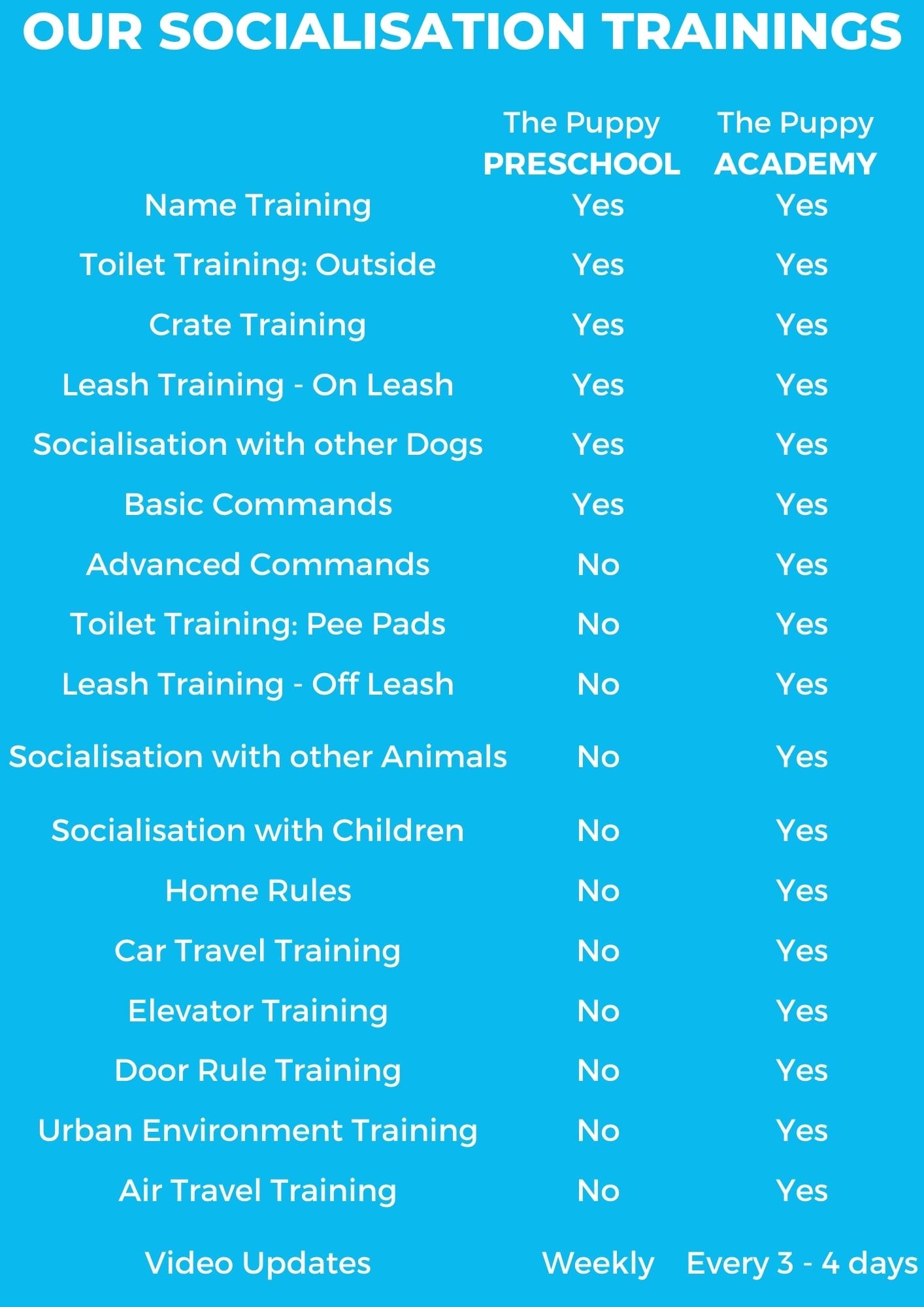The Yearly Medical Check-Up
It is possible to divide pet owners into three different categories: there are those that rush to the vet every time their dog sneezes; those who procrastinate on giving the dog some much needed care until their dog is on the brink of death; and those who in some way or another have managed to develop the good sense that things should always be done in moderation. Whether or not you feel that your dog is the centre of the universe, taking your dog for a yearly check-up is considered to be the best practice.
The yearly medical check-up is important even for dogs that might look as fit as a fiddle. It is meant to find out whether your dog is suffering from any slight irregularities that have gone unnoticed by the habituated and untrained eye. It is also really important to make sure that the dog’s vital systems are running well, and to rule out any underlying issues that might not be currently visible but will sap your dog’s health in a few months’ time.
Who wants to be a millionaire?
This might feel like an interrogation, but it is essential for the veterinarian to ask you questions regarding their patient. You might not think much of these kinds of questions, but answering them helps the veterinarian make a better evaluation of the situation at hand. And please do tell the truth! One of the most annoying things is for the vet to find out something halfway through the examination knowning that an honest answer would have saved precious time for everyone involved. So put your game face on and prepare to be questioned, because electronic “dog” translators aren’t a thing yet.
The physical examination
It might not look like the vet is doing much, but a proper health examination can’t do without these couple of steps. Unbeknownst to you, the physical examination starts the very second the dog steps inside the consultation room. The vet takes notice of the energy and behaviour of the dog. This gives the vet an idea of how the dog is feeling. The veterinarian might also want to see the movement and standing position of the dog in order to pinpoint if the dog has any area of discomfort that might be compromising its normal mobility. It is at this point that one might want to let the veterinarian know whether the dog is a little bit snappy or not. You can read more about this on another blog post explaining how to be on your best behaviour while at the vet.
The examination of the dog’s skin and coat is also a very important step. By scrutinizing the skin, the veterinarian can look for parasites, lesions, some metabolic diseases, as well as for dehydration. It would be ideal if the dog is not dirty, but one must refrain from washing or grooming the dog close to the medical appointment. Washing off some tell-tale signs of disease or parasites, might interfere with the diagnostic process, and might make it difficult for the vet to make a proper diagnosis. Examination of the ears, nose, nails and feet are also a part of this examination.
The vet will also want to examine the dog’s vital signs. These include the pulse and respiratory rates and their quality, and also the dog’s body temperature.
Veterinary medicine highly relies on observing reactions to caused stimuli, one such observation being the animal’s reaction to pain. After petting down the dog, the veterinarian might want to palpate specific areas so as to pinpoint a particularly sensitive area in order to help with further diagnostic methods. This is unfortunately where, much to the frustration of the veterinarian, some clients decide to intervene. Clients must keep in mind that this is a necessary part of the diagnostic process and one should rest assured that whatever the veterinarian is doing is in the dog’s best interest.
Checking teeth and mucosa
It is also important for the veterinarian to check the dog’s teeth and gums so as to ensure proper dental hygiene and therefore prevent disease and tooth decay. One usually needs to fix a separate appointment if their dog’s chompers need some cleaning or a tooth to be extracted. It is wise to keep the dog’s teeth clean while it is still young and healthy as it is much riskier to anaesthetise older dogs.
Bloodwork and Vaccinations
Depending on whether the owner wants to or not, the veterinarian might suggest taking a blood sample for a couple of routine tests. It is highly advisable to do this every so often, in order to keep the body’s vital organs in check. It would be also advisable to take the dog’s vaccination book with you and make sure that your dog’s vaccinations are up to date.






















